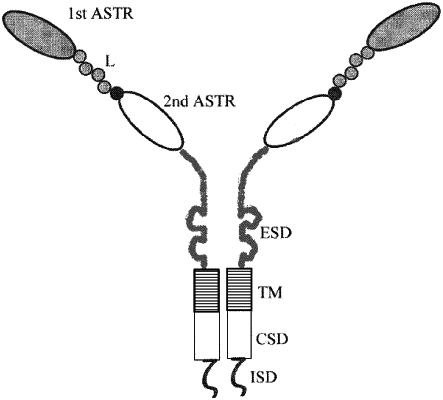| CPC C40B 30/04 (2013.01) [C07K 14/76 (2013.01); C07K 16/005 (2013.01); C12N 15/102 (2013.01); C07K 2317/14 (2013.01); C07K 2317/622 (2013.01)] | 19 Claims |

|
1. A method of preparing a conditionally active antibody or antibody fragment from a parent antibody, single chain antibody or antibody fragment, said method comprising steps of:
(i) evolving a DNA encoding the parent antibody, single chain antibody or antibody fragment to increase the number of acidic amino acid residues of the parent antibody, single chain antibody or antibody fragment to create mutant DNAs;
(ii) expressing the mutant DNAs to obtain mutant antibodies or antibody fragments; and
(iii) selecting the conditionally active antibody or antibody fragment from the mutant antibodies or antibody fragments which is reversibly inactivated in a first assay at a first pH of 7.4 and exhibits a decrease in activity in the first assay at the first pH of 7.4 compared to the same activity in a second assay at a second pH of 6.0.
|